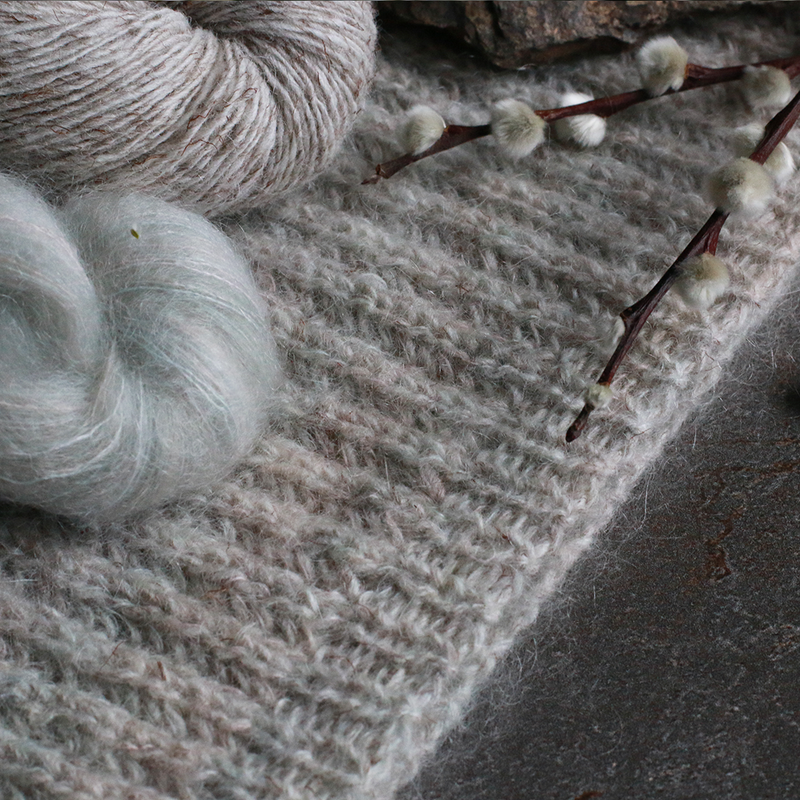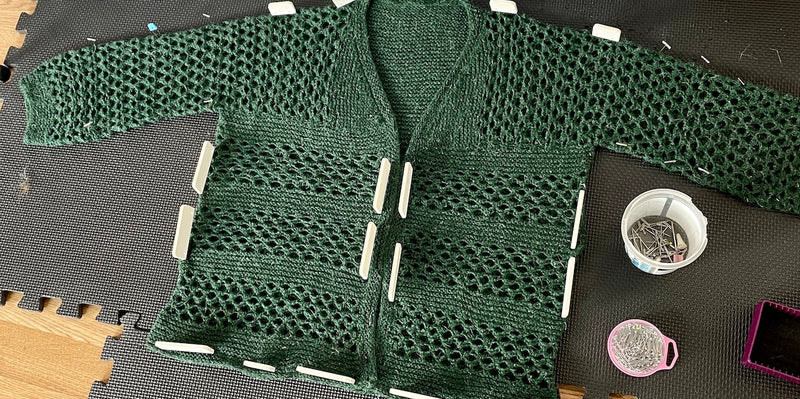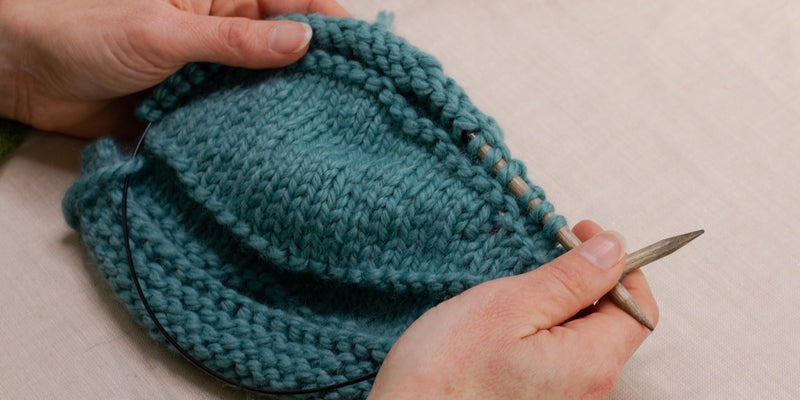How to Pick Your Cast On
I love learning new cast ons. Now sometimes I find I forget them very quickly so if I use them immediately in a new pattern then I’ve got a better chance of remembering them.
When I write a pattern, I want to make sure no matter your knitting skill level, you can find all the information and links you need in the pattern. I’m going to say this big and bold so that you take this next sentence to heart:
I really believe that if you have access to the information and you’ve got enough time and patience then any knitting skill can be mastered!
So I got to work, and I’ve listed all the cast-ons that I have videos for on this page here.
It’s beneficial to have a good range of cast-ons available, so when you want to create a different edge effect, so you know exactly how to do it!
I’ll give you a few examples here of patterns that I use different types of cast-ons for.
Knitting Cast On Methods
LET’S START WITH THE LONG TAIL CAST-ON.
This is my standard go-to cast on.
If a pattern doesn’t call out for a specific cast-on, this is usually the method that I have used.
I’ve done videos for 2 different types of ways to work this cast-on; you can find them both on this page.
As a knitter that holds their yarn in the right hand, I’ve always used the thumb method as it’s just a natural extension of this knitting style. However, both techniques produce the same result so you should use the method that you like best!

CABLE CAST ON AND LONG TAIL CAST ON
For top-down patterns, I generally don’t call for a specific cast-on at the neck edge, but I revert to my favourite, the Long Tail Method.
My biggest use of Cable Cast-On would be at the underarm cast-on stitches for top-down patterns. This cast-on creates a nice firm set of stitches here and can really help prevent it from stretching out.

If you want to create a very slick, seamless finish you can even use the Alternate cable Cast-On which alternates between knit and purl stitches, so the cast-on flows seamlessly into the knitting. This was used for the body and sleeve cast-on method in Portulaca Cardigan.

THE NOT SO SCARY ONCE YOU GET TO KNOW ME PROVISIONAL CAST ON:
One of the most amazing cast-on techniques out there is the Provisional Cast-On (Invisible and crochet methods). This is a very fun cast-on as it opens up a world of possibilities.
With this cast-on type, you use waste yarn (or even a second circular needle) to cast on with. Then using your working yarn, you knit until you reach the finish point for that side.
Now you can undo the waste yarn from the cast-on point and begin working in the other direction.
This is really useful if you want to create seamless knits that start from the middle that is exactly mirrored on each side. I’ve used this technique in my patterns Taupo and Dragon Flames.

SIDE-TO-SIDE KNITTING?
We have you covered:
You can find some more of my side-to-side knits here, many of which use a provisional cast-on. With this type of cast-on, you need to be careful of one thing, the half-stitch ‘jog’.
When you start working in the second direction, you will find that your work is ½ a stitch over from the other side. This means that you’ll need to pick up a ‘loop’ at one end or otherwise you’ll be a stitch short.
For stockinette stitch, the jog doesn’t have an impact, but if you’ve got ribbing or a very definite stitch pattern, it can be noticeable. Ideally, if you’ve got a transition in the middle, it can help to hide the jog.
I generally use the crochet method for my provisional cast-on. Still, it’s handy to know the invisible method as well as it is faster and you can even use a circular needle to cast directly on to.
Summer Affair has a long cast-on, so I used the Invisible method for that pattern.

For Taupo, I used the crochet method.
This is just a taster of different cast-on techniques.
I’ve shared some of my favourites, but I continue to learn new methods every day. Continuously learning and being open to new things, keeps us on our toes.














